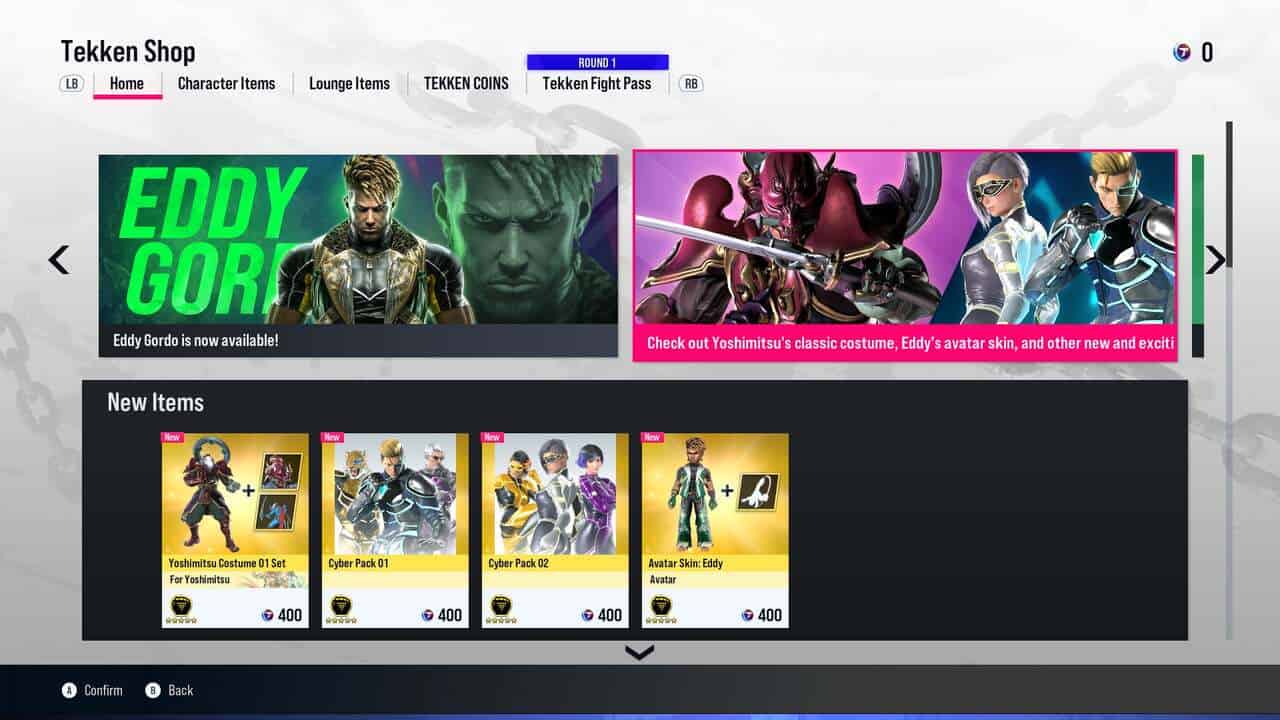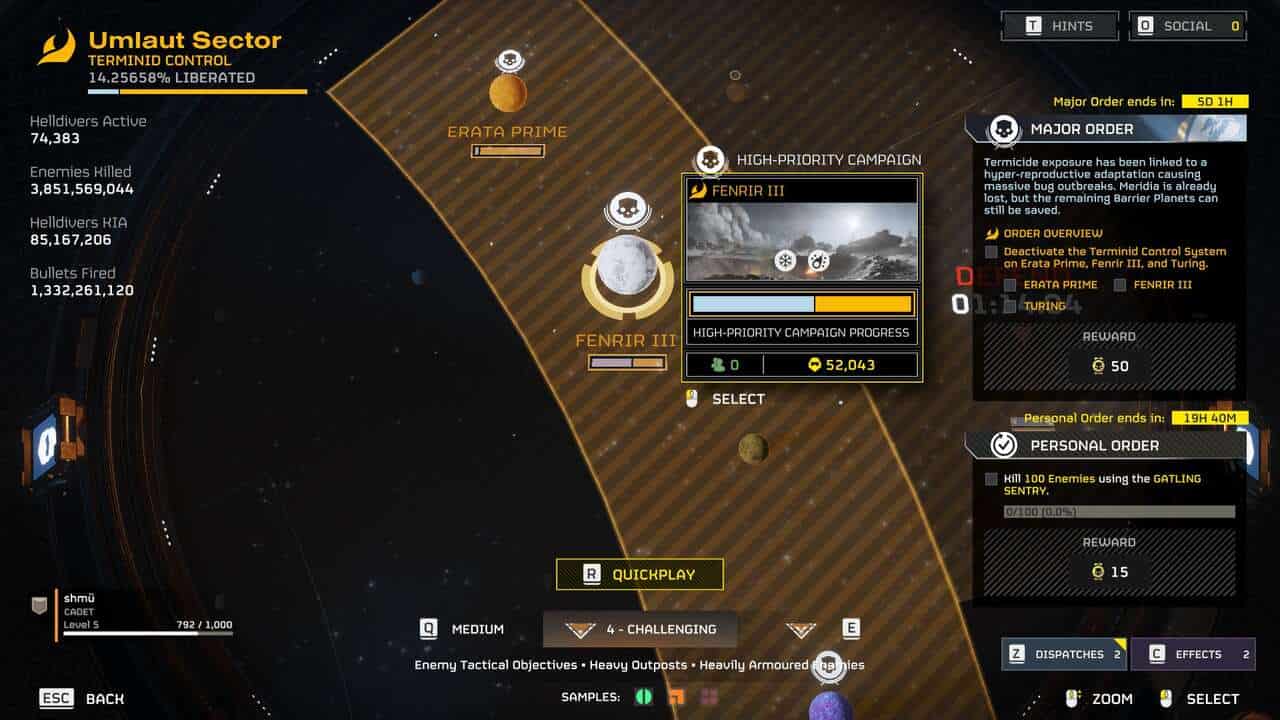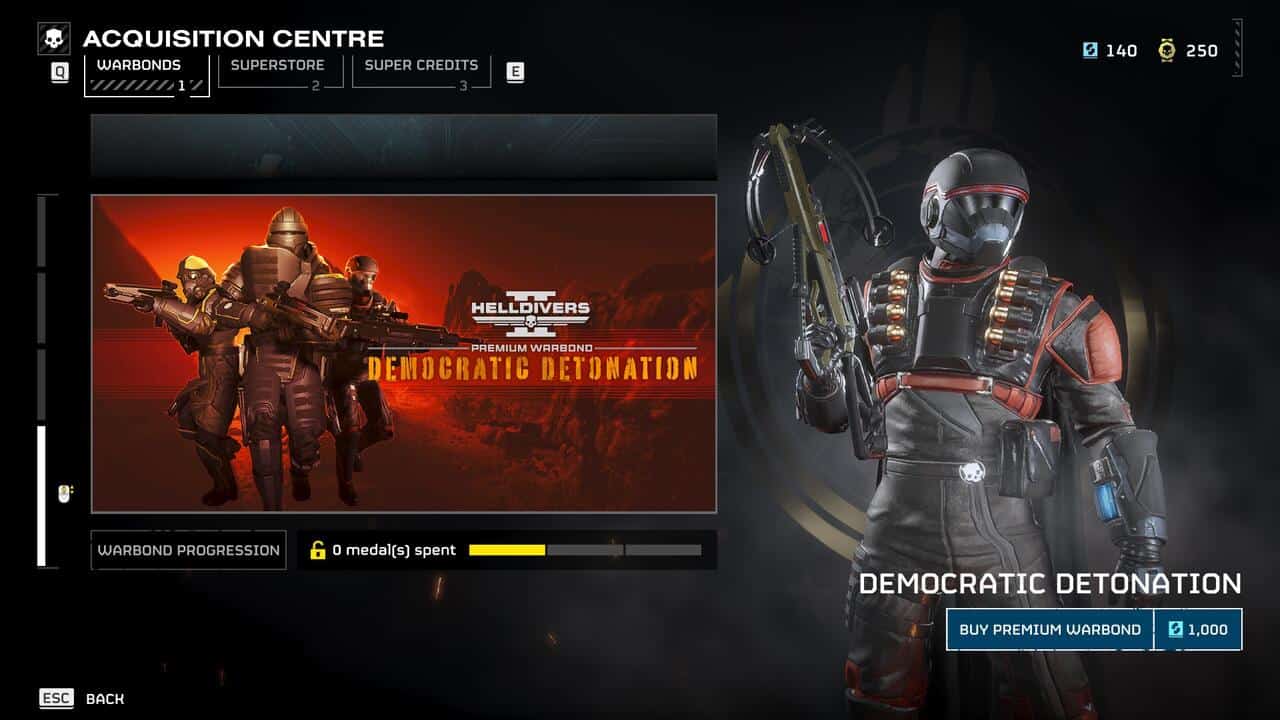You can trust VideoGamer. Our team of gaming experts spend hours testing and reviewing the latest games, to ensure you're reading the most comprehensive guide possible. Rest assured, all imagery and advice is unique and original. Check out how we test and review games here
It wouldn’t be a stretch to say that the term ‘live-service’ has become somewhat of a poisoned chalice. The potential benefits of live-service games were clear to see when they first made their way onto the scene. Regular updates, community interaction, and the promise of longer support cycles for games are all great on paper, but as we all know, the state of live-service gaming these days is anything but great.
Almost as quickly as they arrived on the scene, live-service games devolved into a quagmire of microtransactions, pay-to-win items, skins, cosmetics, and of course, the dreaded Battle Pass. Whether it’s shooters like Fortnite, RPGs like Diablo, or fighting games like Tekken and Street Fighter, the plague of in-game stores and Battle Passes is seemingly inescapable.

For many, it feels as if these games aren’t being created to be played. Instead, games are created as a vehicle for microtransactions, bleeding players dry in pursuit of ‘more money for development’, much of which we know is likely going into the pockets of the top execs at the likes of Microsoft and Epic Games.
And yet, among the sea of exploitative, money-hungry live-service titles, Helldivers 2 seems to be bucking the trend. It still has a semblance of a Battle Pass in the form of its Warbonds, but they don’t work like your typical Battle Passes. They’re permanent, they can be purchased using currency you earn in-game, and once you buy one Warbond, you can earn enough currency from it to buy the next one.
More than that, Helldivers 2 actually makes use of the live-service model as a core part of its game design. Regular updates are added to the game to expand on the world, adding new mechanics and lore, and realising the experience of fighting a grand, galaxy-spanning war in real-time.

Updates in Helldivers 2 aren’t a means of selling you more random digital junk, nor are they massive, paid expansions that come around once every few years. They’re small but significant content updates that keep the game fresh, respond to players’ concerns, and foster a community in a way that most live-service games rarely even attempt to do, much less succeed in.
Helldivers 2 launched as a $40 game (relatively cheap in today’s market), with a non-intrusive microtransaction system, of which everything on offer can be earned by playing the game. This approach is a rarity in the current games industry, and that appeal is what made it one of the most-played games on Steam immediately after its launch.
And though concurrent player numbers have dropped fairly substantially since that initial peak, the game still racks up more than 50,000 daily players on Steam, and even more on PlayStation. Helldivers 2 is a game that brought people in with a fairly low cost of entry and used its status as a live-service game to consistently bring fresh content to the game and keep players playing.

Where another game may have launched with microtransactions at its heart and made a quick buck at launch, it’s not microtransactions that keep players playing, it’s content. When that same game’s player count plummets to the low thousands after the first few weeks, most of that microtransaction money goes with it.
But when you craft a solid game with regular updates, players will stay. And not only that, players will be willing to spend money in your game to support you, and that’s exactly what Helldivers 2 has done.
In an ideal world, the game would be completely free of microtransactions. But as long as money rules the roost, I understand that some amount of microtransactions is key to keeping a game like Helldivers 2 successful, or at the very least, running.
Helldivers 2 is a return to the promise of live-service games. To those regular content updates, strong community engagement, and (hopefully) a long content cycle. By putting its players first instead of their wallets, the developers have cultivated a loyal fanbase and ensured that the game won’t just be a flash in the pan. Now it’s time for other studios to do the same.


